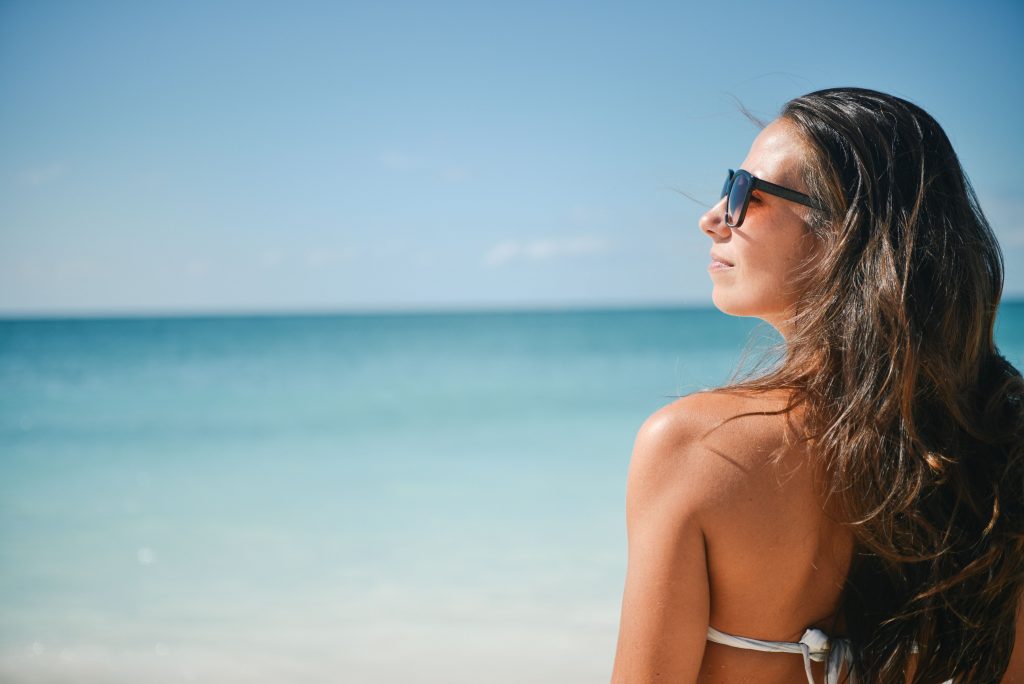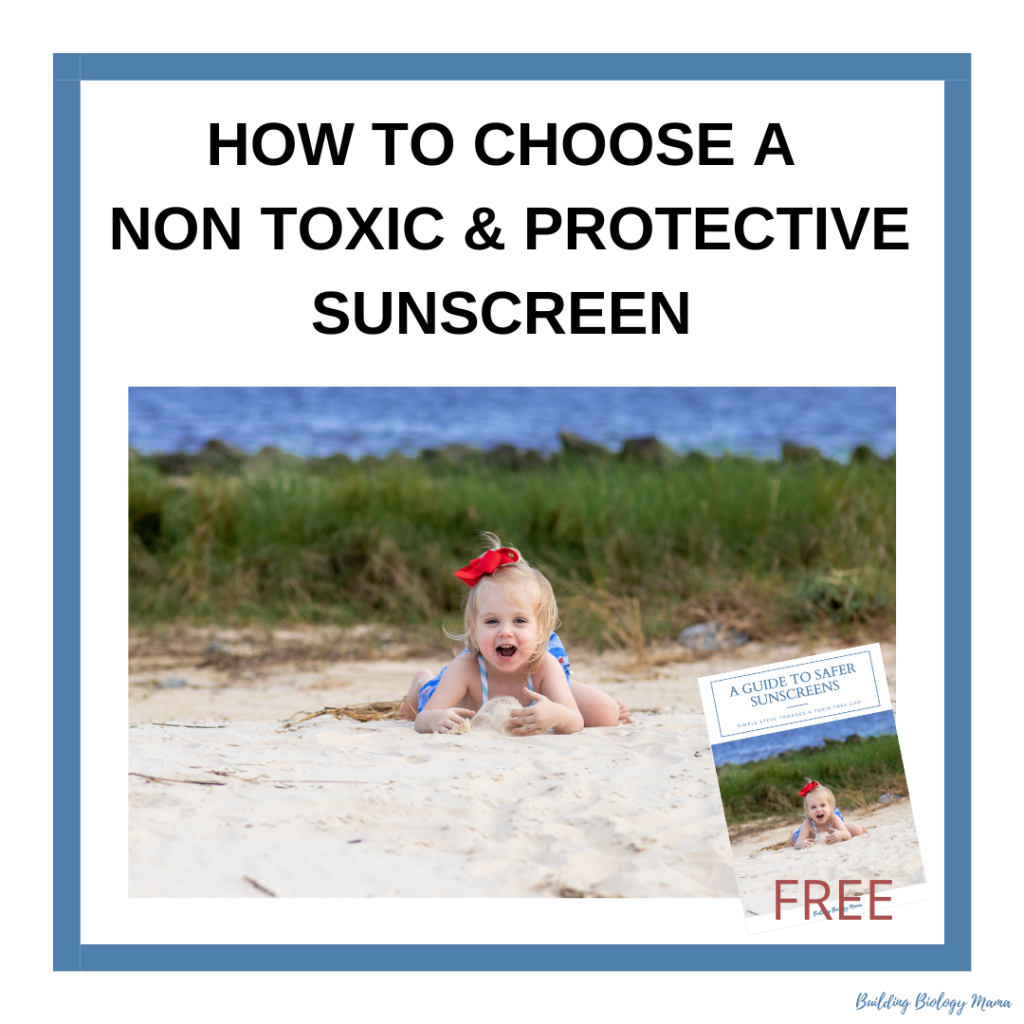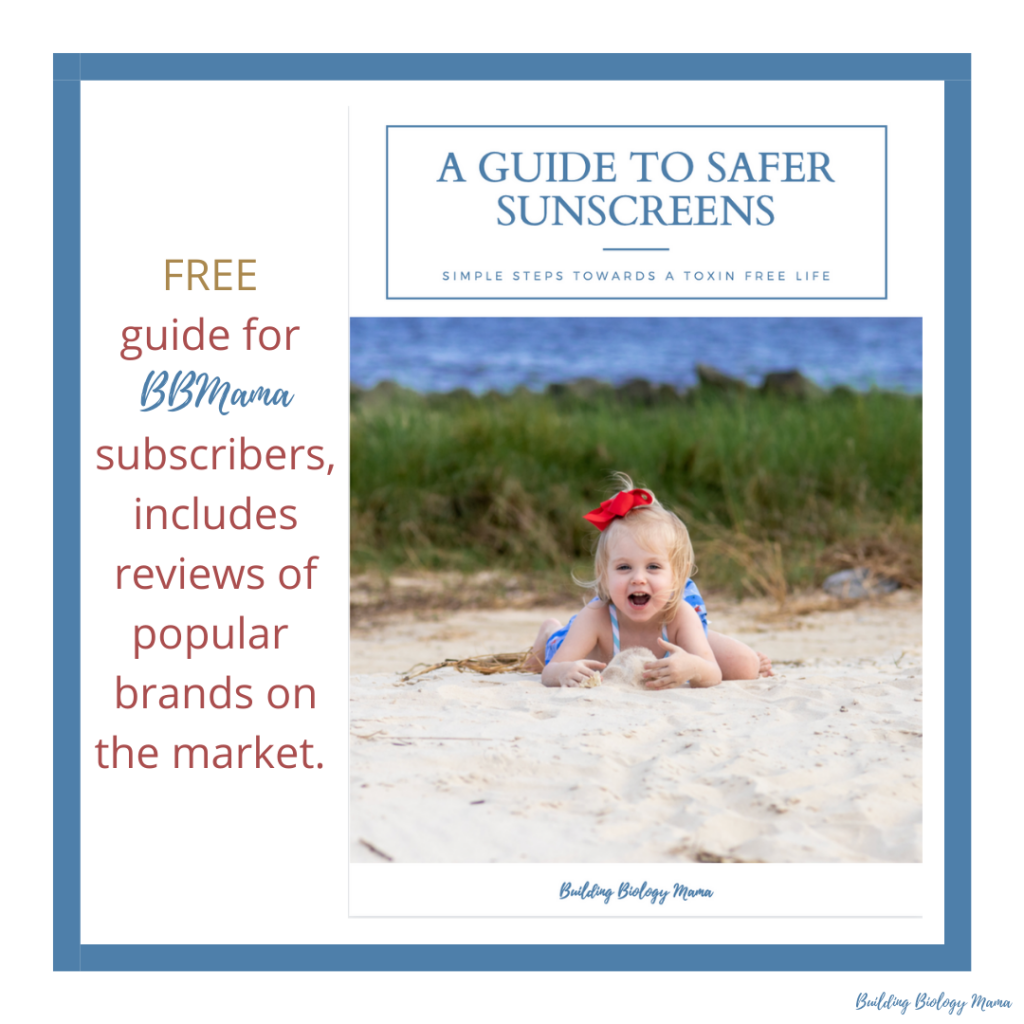Most people equate skin cancer with sun exposure and since the 80’s it has been drilled into Aussies to slip, slop, slap (seek, slide). But does slopping on the sunscreen protect you from cancer? After all, Australia and New Zealand have the highest rates of the skin cancer and mortality rates in the world!
“Australians suffer the highest rates of skin cancer in the world. Each year, around 1,200 Australians die from what is an almost totally preventable disease”.
Dr Ahmad Hasanien
Sun Exposure is Crucial for Health
First and foremost, sun exposure is vital for our overall health. In fact, a large-scale study from Sweden found that sunbathing decreased all-causes of mortality. Studies also support that calculated sun exposure (UV specifically) combined with increased vitamin D levels will not only save lives, but also extend and increase our quality of life.
If That is True, What is Sunscreen Attempting to Protect Us From?
Amongst other energy, our sun produces ultraviolet radiation. Ultraviolet radiation is a part of the electromagnetic spectrum. UVA (320-400nm) and UVB (290-320nm) penetrate our atmosphere and reach us here on Earth’s surface. For completeness there is a third type of ultraviolet radiation, UVC (100-280) however thanks to the ozone layer, UVC does not penetrate our atmosphere.
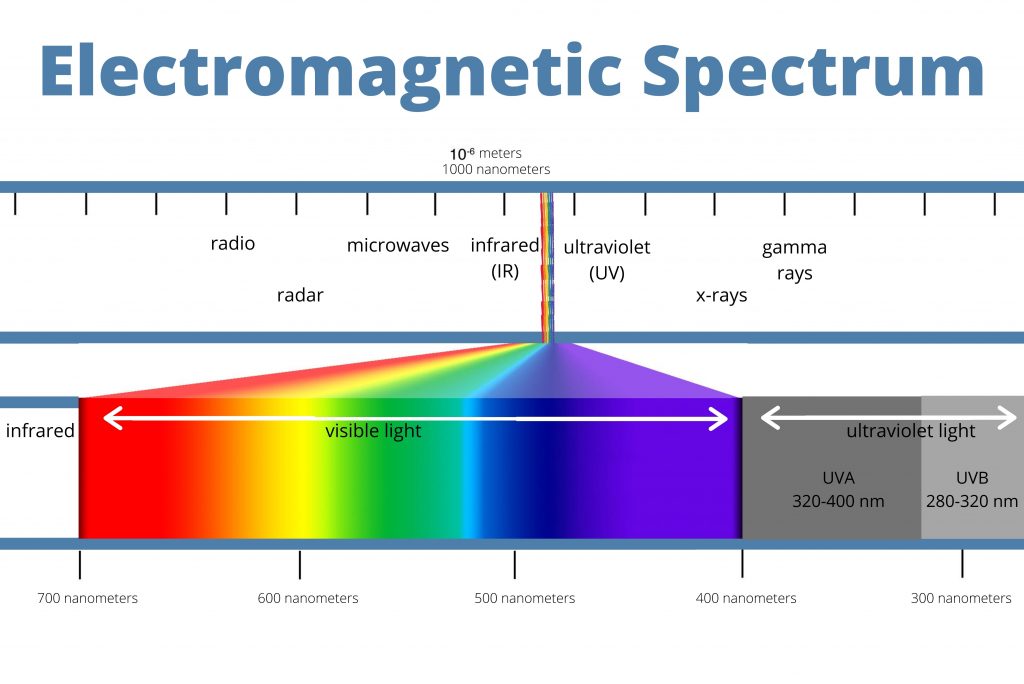
UVA penetrates the dermis (the deepest layer of skin) and can directly and indirectly cause DNA damage. It has the ability to cause skin discolouration such as age spots, fine lines and wrinkles, cancer and penetrates deeply. UVA is present all the time. The damage that UVA causes is invisible.
Dermatologist, Dr Sharyn Laughlin, states that “UVA accounts for 94 percent of the UV light that reaches our skin, and according to studies from the past two decades, is the main driver of skin cancer and photo-aging.”
Sunburn is generally not associated with UVA rays but rather UVB is.
UVB is more intense, mostly absorbed by the epidermis (the top layer of skin) and has the ability to directly damage DNA as well. UVB does not pass through glass.
Both UVA and UVB rays are linked to skin cancer- melanoma, squamous cell carcinoma and basal cell carcinoma.
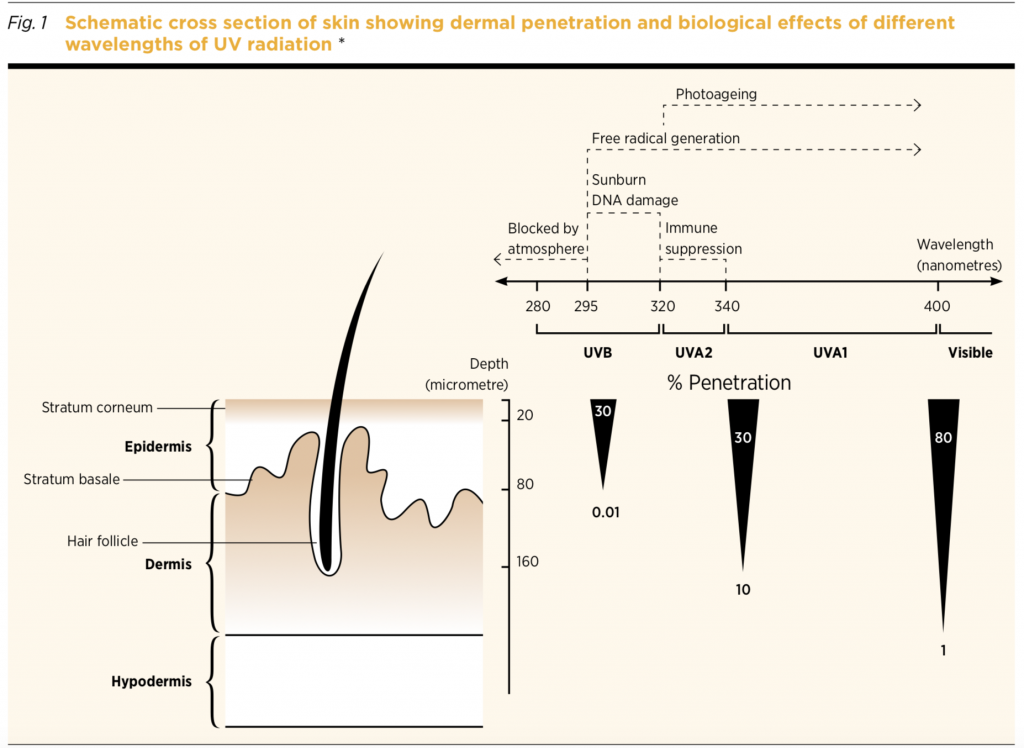
It is really important to remember that sunscreen is only one method of sun protection. Staying out of the midday sun and covering up with clothing are preferred especially since the incidence of skin cancers has continued to increase despite 40 years of ‘slip, slop, slap’ in Australia.
Not All UV is Bad
We have all heard that the sun is needed for us to make vitamin D. Vitamin D strengthens bones, the immune system and reduces risks of breast, colon, kidney and ovarian cancers.
Vitamin D deficiency has been linked to a myriad of acute and chronic illnesses which includes preeclampsia, periodontitis (gum disease), osteoporosis, infectious diseases, neurological disorders, depression, certain cancers, autoimmune diseases such as arthritis, heart disease, type 2 diabetes, amongst other ailments.
Specifically regarding children, vitamin D deficiency is also associated with childhood dental caries, bone alterations, insulin resistance, metabolic syndrome, respiratory tract infections, asthma, and autoimmune diseases.
It has also been hypothesised that vitamin D deficiency can accelerate aging and aging related diseases because processes such as autophagy, mitochondrial dysfunction, inflammation, oxidative stress and reactive oxygen species signalling are all known to be regulated by vitamin D.
What most people are unaware of is that a sunscreen with an SPF of 8 can decrease vitamin D synthesis by 95%! An important consideration for the more than one billon children and adults worldwide with vitamin D deficiency, I think.
So with large amount of the population being deficient in vitamin D, one’s sun exposure needs to be carefully weighed up of when and how long is appropriate.
It is critical to remember that:
- It is the UVB rays specifically that are necessary for the synthesis of the hormone vitamin D.
- UVB has the ability to burn so you need to avoid excessive exposure to avoid sunburns.
So, I’m not saying to forgo the sunscreen, what I am saying is that we need some sun exposure at the correct times of the day.
Dr Jack Kruse and Some Alternative Views
It is really important to remember that scientists don’t actually agree on whether sunscreen helps prevent melanoma the most aggressive form of skin cancer. In fact the EWG states in the executive summary of their sunscreen guide, “Sun exposure appears to play a role in melanoma, but it is a complex disease for which many questions have not been answered. One puzzling fact: Melanomas do not usually appear on parts of the body that get daily sun exposure.”
Dr Jack Kruse, a world leading neurosurgeon has done extensive reading in the area of sun exposure and light, where he uses this knowledge to maximise the health outcomes of his patients.
Now in all honesty the good doctor has a unique style of communicating that may not resonate with everyone however personality aside the docs knowledge is solid.
Here is a BRIEF snapshot of some critical understandings pertaining to sunlight and health that Jack Kruse informs people about (and I mean brief as the topic of light is not something that can be covered in one post).
Dr Kruse advocates that you do not need to wear sunscreen, if you spend enough time exposing your skin to the sun’s rays in the early AM and late afternoon before sundown. The reason being, UV rays are low during that time, but Infrared light is strong during those times of the day diurnally (during daylight hours). And the infrared light prepares or preconditions our skin – through a process called photoprevention – for the coming UV radiation around solar noon. Therefore, infrared light is THE SUNSCREEN we need to protect us from the harmful effects of UV radiation. Combined with this, in the late afternoon, infrared light also acts to help repair damage to skin that has been overexposed to UV rays at solar noon.
“If you are going to the beach this summer, get there EARLY, stay LATE, and make sure your skin is exposed to lots of early morning and late afternoon sunshine! During solar noon, get enough sun so that your skin gets flush but does not burn. Then wear clothing and hats to block the sun’s rays until late afternoon and then…get naked again! The more exposure you give your skin to early morning sunlight, the more resilient it will be to the UV rays midday.”
Dr Jack Kruse
Jack Kruse has been extensively interviewed and has his own social media and private support groups if you are keen to delve deeper.
Conclusion
With no clear consensus that using sunscreens actually prevents skin cancer and the knowledge that full spectrum sun exposure is a necessity for our health and wellbeing, the use of sunscreens isn’t as clear cut as one might think.
It is important to remember that calculated skin exposure to full spectrum sun at safer times of the day, utilising covering up methods such as sunhats and long clothing alongside using non-toxic barrier sunscreens effectively at times of high risk of sunburn will assist you and your family members getting adequate vitamin D and health benefits from the lifeforce of our sun.
XxTammy
What Sunscreen Ingredients to Look For and Stay Away From – With some sunscreen ingredients actually linked to skin cancer, this post explores what ingredients to look for when choosing a non-toxic sunscreen for you and your family.
(Please note that there are also dietary sources of vitamin D such as mushrooms, and fish as well as supplementation which you can discuss with your healthcare provider).
Please Note: The content & media published on this website is the personal opinions of BBMama and are for informational purposes only. It is not intended to be a substitute for professional medical advice and should not be relied on as health or personal advice.
References
Aghajafari, F., Letourneau, N., Mahinpey, N., Cosic, N. and Giesbrecht, G., 2018. Vitamin D deficiency and antenatal and postpartum depression: A systematic review. Nutrients, 10(4), p.478.
Berridge, M.J., 2017. Vitamin D deficiency accelerates ageing and age‐related diseases: a novel hypothesis. The Journal of physiology, 595(22), pp.6825-6836.
Barolet, D., Christiaens, F. and Hamblin, M.R., 2016. Infrared and skin: Friend or foe. Journal of Photochemistry and Photobiology B: Biology, 155, pp.78-85.
Cediel, G., Pacheco-Acosta, J. and CastiUo-Durdn, C., 2018. Vitamin D deficiency in pediatric clinical practice. Archivos argentinos de pediatria, 116(1), p.e75.
Department of Health, 2017. Australian Government response to the House of Representatives Standing Committee on Health Report: Skin Cancer in Australia: Our National Cancer (online) available: https://www.health.gov.au/resources/publications/skin-cancer-in-australia-our-national-cancer (last date accessed January 2021)
EWG, 2020. EWG’s Sunscreen Guide: EWG’s 14th Annual Guide to Sunscreens (online) available: https://www.ewg.org/sunscreen/report/executive-summary/ (last date accessed January 2021)
Föcker, M., Antel, J., Grasemann, C., Führer, D., Timmesfeld, N., Öztürk, D., Peters, T., Hinney, A., Hebebrand, J. and Libuda, L., 2018. Effect of an vitamin D deficiency on depressive symptoms in child and adolescent psychiatric patients–a randomized controlled trial: study protocol. BMC psychiatry, 18(1), p.57.
Hanrahan, J.R., 2012. Sunburn is caused by ultraviolet B radiation, but ultraviolet A may be more damaging to the skin. Sunscreens should ideally block both wavebands. The sun protection factor of a sunscreen is. An independent review, p.148.
Holick, M.F., 2017. The vitamin D deficiency pandemic: approaches for diagnosis, treatment and prevention. Reviews in Endocrine and Metabolic Disorders, 18(2), pp.153-165.
Ince, B., Uyar, I. and Dadaci, M., 2019. Effect of Vitamin D deficiency on hypertrophic scarring. Dermatologic Surgery, 45(2), pp.274-279.
Khazaei, Z., Ghorat, F., Jarrahi, A.M., Adineh, H.A., Sohrabivafa, M. and Goodarzi, E., 2019. Global incidence and mortality of skin cancer by histological subtype and its relationship with the human development index (HDI); an ecology study in 2018. World Cancer Res J, 6(2), p.e13.
Kruse, J., 2011. Vitamin D: The Sunshine of Your Life? (online) available: https://jackkruse.com/the-sunshine-of-your-life/ (last date accessed January 2021)
Kruse, J., 2018. The cure is in nature! 42% of SUNLIGHT is a RED light. RED LIGHT = LLLT or PBM (online) available: https://www.facebook.com/drjackkruse/posts/the-cure-is-in-nature-42-of-sunlight-is-a-red-light-red-light-lllt-or-pbmthere-a/2217671834963825/ (last date accessed January 2021)
Libuda, L., Timmesfeld, N., Antel, J., Hirtz, R., Bauer, J., Führer, D., Zwanziger, D., Öztürk, D., Langenbach, G., Hahn, D. and Ring, S., 2020. Effect of vitamin D deficiency on depressive symptoms in child and adolescent psychiatric patients: results of a randomized controlled trial. European Journal of Nutrition, pp.1-10.
Lindqvist, P.G., Epstein, E., Landin‐Olsson, M., Ingvar, C., Nielsen, K., Stenbeck, M. and Olsson, H., 2014. Avoidance of sun exposure is a risk factor for all‐cause mortality: results from the Melanoma in Southern Sweden cohort. Journal of internal medicine, 276(1), pp.77-86.
Lindqvist, P.G. and Landin-Olsson, M., 2017. The relationship between sun exposure and all-cause mortality. Photochemical & Photobiological Sciences, 16(3), pp.354-361.
Lips, P., Eekhoff, M., van Schoor, N., Oosterwerff, M., de Jongh, R., Krul-Poel, Y. and Simsek, S., 2017. Vitamin D and type 2 diabetes. The Journal of steroid biochemistry and molecular biology, 173, pp.280-285.
Marta, 2009. No evidence that sunscreen prevents cancer says scientist (online) available: https://www.truthinaging.com/review/no-evidence-that-sunscreen-prevents-cancer-says-scientist (last date accessed January 2021)
Paxton, G.A., Teale, G.R., Nowson, C.A., Mason, R.S., McGrath, J.J., Thompson, M.J., Siafarikas, A., Rodda, C.P. and Munns, C.F., 2013. Vitamin D and health in pregnancy, infants, children and adolescents in Australia and New Zealand: a position statement. Medical Journal of Australia, 198(3), pp.142-143.
Pereira‐Santos, M., Costa, P.R.D.F., Assis, A.M.O.D., Santos, C.A.D.S.T. and Santos, D.B.D., 2015. Obesity and vitamin D deficiency: a systematic review and meta‐analysis. Obesity reviews, 16(4), pp.341-349.
Sommer, I., Griebler, U., Kien, C., Auer, S., Klerings, I., Hammer, R., Holzer, P. and Gartlehner, G., 2017. Vitamin D deficiency as a risk factor for dementia: a systematic review and meta-analysis. BMC geriatrics, 17(1), p.16.
Specialist Clinics of Australia, n.d. Why Is The Skin Cancer Rate Higher In Australia? (online) available: https://www.specialistaustralia.com.au/why-is-the-skin-cancer-rate-higher-in-australia/ (last date accessed January 2021)
Trehan, N., Afonso, L., Levine, D.L. and Levy, P.D., 2017. Vitamin D deficiency, supplementation, and cardiovascular health. Critical Pathways in Cardiology, 16(3), pp.109-118.
Villet 2019. UVA vs UVB: The Different Types of UV Rays—and Why You Need to Protect Your Skin From Both, Year-Round
Villett, M, 2019. UVA vs UVB: The Different Types of UV Rays—and Why You Need to Protect Your Skin From Both, Year-Round (online) available: https://theskincareedit.com/uva-vs-uvb (last date accessed January 2021)
Wikipedia, 2020. Slip-slop-slap (online) available: https://en.wikipedia.org/wiki/Slip-Slop-Slap (last date accessed January 2021)
Yang, L., Lof, M., Veierød, M.B., Sandin, S., Adami, H.O. and Weiderpass, E., 2011. Ultraviolet exposure and mortality among women in Sweden. Cancer Epidemiology and Prevention Biomarkers, 20(4), pp.683-690.
Zhao, J., Wang, H., Zhang, Z., Zhou, X., Yao, J., Zhang, R., Liao, L. and Dong, J., 2019. Vitamin D deficiency as a risk factor for thyroid cancer: A meta-analysis of case-control studies. Nutrition, 57, pp.5-11.
